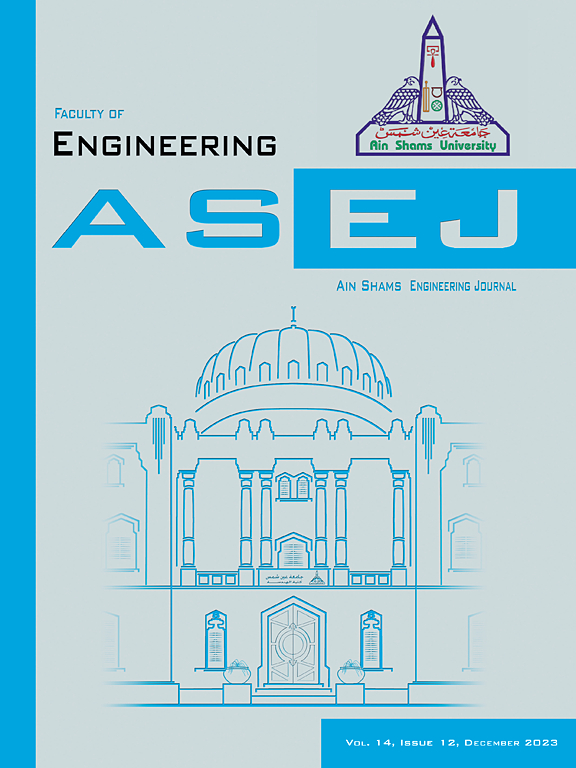Exo-structures and domotic algorithms for dynamic architecture
IF 5.9
2区 工程技术
Q1 ENGINEERING, MULTIDISCIPLINARY
引用次数: 0
Abstract
Physics, Architecture, Design, and Engineering will renew how buildings interact with their surroundings. An extra layer must be performed between the context and the building to create a new paradigm for Dynamic Architecture. Intelligent engineering using physics-based algorithms developed an innovative method to contribute to dynamic architecture. The process focuses on creating exo-structures that are highly adaptable and removable from the façade. These new exo-structures can be installed and detached from existing and future buildings, achieving something never accomplished before. By enhancing their thermal, lighting, and kinetic adaptability through an analysis of existing complex double façade systems, a new diagram traces the highlights of the latest buildings that relate the most to the concept of an exo-structure so they can provide a better and innovative point of view to understand this matter and its implications further on. This approach is fundamental for an innovative system for Dynamic Architecture.
动态建筑的外部结构和内部算法
物理,建筑,设计和工程将更新建筑物与周围环境的相互作用。必须在环境和建筑之间建立一个额外的层,为动态建筑创造一个新的范例。智能工程使用基于物理的算法开发了一种创新的方法来促进动态架构。这个过程的重点是创建高度适应性和可从立面上拆卸的外部结构。这些新的外部结构可以从现有和未来的建筑中安装和分离,实现了以前从未完成的事情。通过对现有复杂的双立面系统的分析,增强了它们的热、照明和动态适应性,新的图表追踪了与外部结构概念最相关的最新建筑的亮点,因此它们可以提供更好和创新的观点来理解这个问题及其进一步的影响。这种方法是动态架构创新系统的基础。
本文章由计算机程序翻译,如有差异,请以英文原文为准。
求助全文
约1分钟内获得全文
求助全文
来源期刊

Ain Shams Engineering Journal
Engineering-General Engineering
CiteScore
10.80
自引率
13.30%
发文量
441
审稿时长
49 weeks
期刊介绍:
in Shams Engineering Journal is an international journal devoted to publication of peer reviewed original high-quality research papers and review papers in both traditional topics and those of emerging science and technology. Areas of both theoretical and fundamental interest as well as those concerning industrial applications, emerging instrumental techniques and those which have some practical application to an aspect of human endeavor, such as the preservation of the environment, health, waste disposal are welcome. The overall focus is on original and rigorous scientific research results which have generic significance.
Ain Shams Engineering Journal focuses upon aspects of mechanical engineering, electrical engineering, civil engineering, chemical engineering, petroleum engineering, environmental engineering, architectural and urban planning engineering. Papers in which knowledge from other disciplines is integrated with engineering are especially welcome like nanotechnology, material sciences, and computational methods as well as applied basic sciences: engineering mathematics, physics and chemistry.
 求助内容:
求助内容: 应助结果提醒方式:
应助结果提醒方式:


